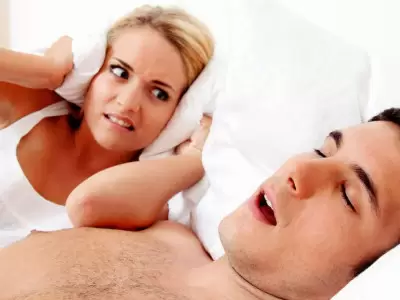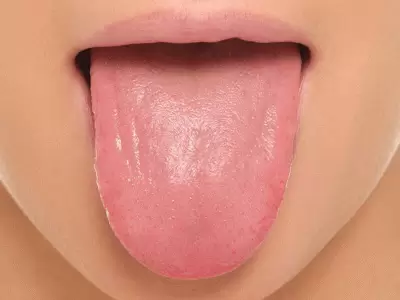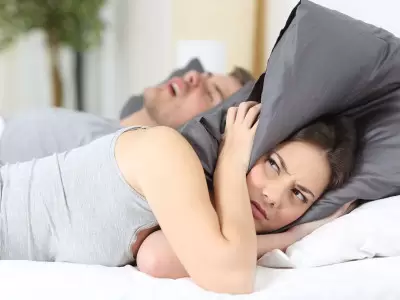Snoring and Sleep Apnea
During sleep, relaxation of the muscles around the upper airway causes turbulent airflow through narrowed areas and the resultant vibration creates the noise of snoring by causing the engagement of mucosa located in opposite walls.
The effect of the vacuum formed in the channel walls by the flowing air during respiration causes the air passage to collapse and get narrowed, and consequently the respiration decreases and even completely stops as a result of complete blockage of the channel.
A cessation of nasal or oral respiration for more than 10 seconds is referred to as “ apnea ”, and the number of apneas observed during sleep for a period of 1 hour is referred to as “ apnea index ”.
The condition that involves 30-50% decrease in airflow for a period longer than 10 seconds, reduced respiratory movement, deceased oxygen saturation of the blood (O2 saturation), and the resultant awakenings is referred to as hypopnea .
A respiratory arrest due to failure of the brain's respiratory control center in stimulating the respiration function is referred to as " central apnea ". In general, this disease is a pathology in the field of neurology.
RDI ( R espiratory D isturbance I ndex), the most commonly used value intended for determining the severity of the respiratory arrest, or apnea-hypopnea index ( AHI ) is the total number of apneas and hypopneas experienced in an hour. But in recent years, the amount of decrease in the blood oxygen saturation during sleep as well as the duration of the decrease have been considered rather than apnea-hypopnea index, for determining the severity of the disorder. Patients' apnea-hypopnea index values and changes in their oxygen saturation values are determined with an overnight sleep test (polysomnography).
Sleep disorders pertaining to the otolaryngology specialty are simple snoring , upper respiratory resistance syndrome, and obstructive sleep apnea syndrome.
Simple Snoring:
In patients whose AHI is below 5
Whose blood oxygen saturation the during sleep is always above 90%;
And whose pressure measured in the esophagus during respiration doesn’t drop below -10 Cm H2O, the case is referred to as a simple snoring.
Upper Respiratory Resistance Syndrome:
In patients whose AHI is below 5
Whose blood oxygen saturation is above 90%;
And whose pressure measured in the esophagus during respiration drops below -10C H2O, the case is referred to as an upper respiratory resistance syndrome.
In such patients increased electrical activity of the diaphragm is observed during snoring and awakenings periods.
Obstructive sleep apnea syndrome (OSAS)
It is characterized by an AHI over 5; and
An oxygen saturation below 90% .
Severity of sleep apnea is determined based on the apnea-hypopnea index (AHI) and the disease is considered to be “mild” if AHI is between 5 to15, “moderate” if AHI is between 15 to 30 and “severe” if AHI is above 30.
Another parameter determining the severity of obstructive sleep apnea is blood oxygen saturation.
Conditions in which the blood oxygen saturation is below 85% are considered to be a moderate sleep apnea and c onditions in which the value drops below 60% are considered to be a severe sleep apnea.
Incidence Rate
Frequently encountered simple snoring may actually be a mild sleep apnea. The rate of simple snoring in men under thirty is 10%, while the rate rises up to 60% in men over 60 years of age.
When the snoring-weight relationship was investigated, increased incidence rates of snoring and apnea were observed among people above their ideal weight.
Mild sleep apnea is more common, whereas moderate and severe sleep apneas are relatively less common. Moderate obstructive sleep apnea is observed in 2% of the adult men, while the incidence rate of severe sleep apnea is 0.3% among men aged 35-60.






Comment
Your Contact Information will not be shared in any way. * Required Fields